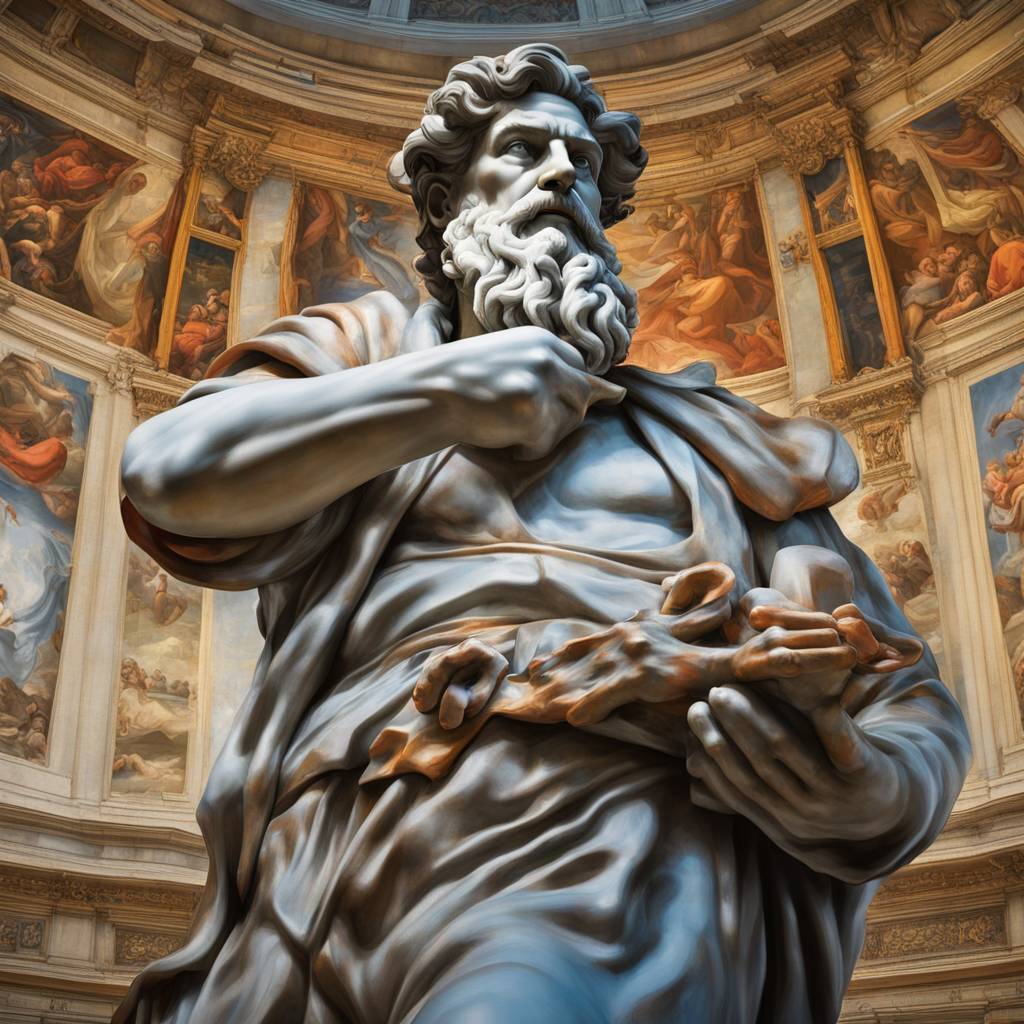Michelangelo’s David, a symbol of Italian culture and art, has been facing commercial exploitation through mass-produced souvenirs, such as magnets and t-shirts, sold around Florence. The director of the Galleria dell’Accademia, Cecilie Hollberg, has been actively fighting against the commercialization of David’s image since 2015, initiating legal battles against unauthorized use of the statue. These legal actions, based on Italy’s cultural heritage code, have resulted in significant damages awarded to the museum since 2017 and have set a precedent for protecting other artistic treasures.
Hollberg’s efforts to protect David and other masterpieces from disparaging and unauthorized commercial use have raised questions about the extent to which institutions should be the arbiters of taste and the limitations on freedom of expression. The decisions challenge widely held practices regarding intellectual property rights and the public domain, as well as the control and monetization of artworks that were never intended to be charged for. Some experts argue that the aggressive stance taken by Italy’s cultural heritage code could discourage the licensing of artworks and limit the reproduction of cultural ambassadors.
Italy’s cultural code extends copyright protection in perpetuity to the museum or institution that owns an artwork, similar to protections in place at the Vatican. Other European countries, such as Greece and France, have implemented laws to regulate the commercial use of historic sites and artifacts. The European Union has not yet addressed whether Italy’s cultural heritage code interferes with its directive on copyright, leaving the issue of protecting cultural patrimony ongoing for courts and lawmakers to navigate.
Notable court cases have emerged, such as one in which a jigsaw puzzle maker was ordered to stop using the image of Leonardo’s “Vitruvian Man,” setting a precedent for companies outside of Italy. The decisions made in these legal battles have broader implications for the art world and questions about the balance between protecting cultural heritage and preserving artistic freedom. While the cultural heritage code has been in place since 2004, recent cases led by Hollberg represent an acceleration of efforts to protect Italy’s artistic treasures from unauthorized and disparaging commercial use.
Despite the success of legal actions to date, the proliferation of David likenesses and other unauthorized reproductions continues, highlighting the ongoing challenges faced in protecting cultural heritage. Institutions like the Galleria dell’Accademia and the private entity responsible for Florence’s Cathedral have been addressing these issues and seeking ways to safeguard Italy’s artistic treasures while balancing the complexities of artistic expression and rights. The outcomes of these legal battles and debates around protecting cultural patrimony will shape future approaches to preserving and promoting Italy’s rich artistic legacy.













